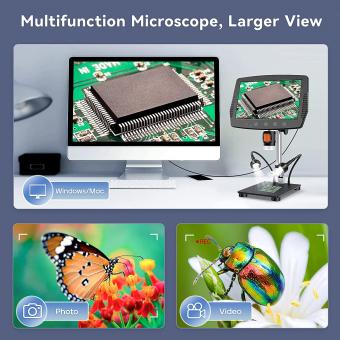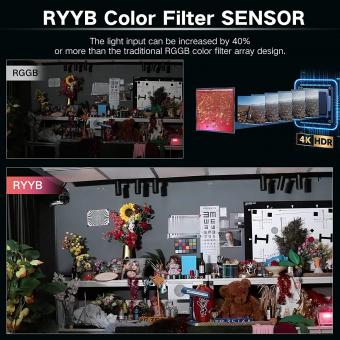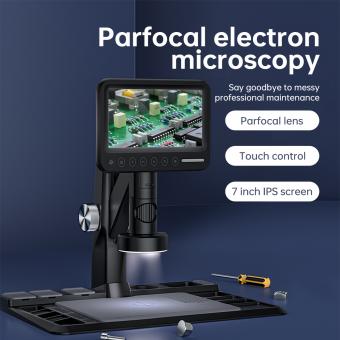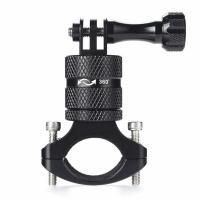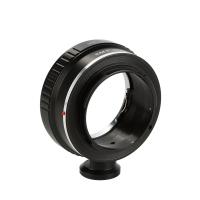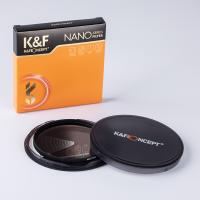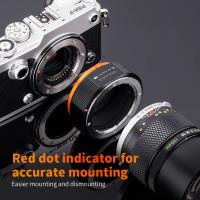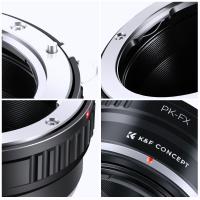What Is The Cost Of A Electron Microscope ?
The cost of an electron microscope can vary greatly depending on the type and specifications of the instrument. Basic models can cost around $50,000, while more advanced models can cost upwards of $1 million. Additionally, there are ongoing costs associated with maintaining and operating an electron microscope, such as the cost of specialized parts, consumables, and trained personnel.
1、 Types of electron microscopes
The cost of an electron microscope can vary greatly depending on the type and specifications of the instrument. A basic transmission electron microscope (TEM) can cost around $200,000, while a more advanced model with additional features such as scanning transmission electron microscopy (STEM) and energy dispersive X-ray spectroscopy (EDS) can cost upwards of $1 million. Similarly, a scanning electron microscope (SEM) can range from $50,000 to $500,000 depending on the level of sophistication.
There are several types of electron microscopes available, each with its own unique capabilities and applications. TEMs are used to study the internal structure of materials at the atomic level, while SEMs are used to examine the surface of materials in high detail. Other types of electron microscopes include scanning tunneling microscopes (STMs), which can image individual atoms, and focused ion beam (FIB) microscopes, which can be used for both imaging and material modification.
In recent years, there has been a growing interest in the development of low-cost electron microscopes that are more accessible to researchers and educators. These instruments, often referred to as desktop electron microscopes, can cost as little as $5,000 and are designed to be portable and easy to use. While they may not have the same level of resolution and capabilities as more expensive models, they offer a valuable tool for those who may not have access to traditional electron microscopy facilities.
2、 Factors affecting the cost
Factors affecting the cost of an electron microscope are numerous and can vary depending on the specific model and manufacturer. Some of the most significant factors include the type of electron microscope, the level of magnification and resolution required, the quality of the optics and detectors, and the level of automation and software integration.
For example, a basic transmission electron microscope (TEM) may cost around $100,000, while a more advanced scanning transmission electron microscope (STEM) with higher resolution and imaging capabilities can cost upwards of $1 million. Similarly, a tabletop scanning electron microscope (SEM) may cost around $50,000, while a larger, more powerful SEM with additional features such as energy-dispersive X-ray spectroscopy (EDS) can cost several hundred thousand dollars.
Other factors that can affect the cost of an electron microscope include the level of service and support provided by the manufacturer, the availability of replacement parts and accessories, and the complexity of the installation and training process.
In recent years, there has been a trend towards more affordable and accessible electron microscopy technologies, such as desktop SEMs and portable TEMs. These systems are designed to be more user-friendly and require less specialized training and maintenance, making them more accessible to a wider range of researchers and industries.
Overall, the cost of an electron microscope can vary widely depending on a range of factors, and it is important to carefully consider the specific needs and requirements of your research or industry before making a purchase.
3、 Price range for different models
The cost of an electron microscope can vary greatly depending on the model and specifications. Generally, the price range for different models can range from tens of thousands to millions of dollars. For example, a basic transmission electron microscope (TEM) can cost around $100,000, while a high-end scanning transmission electron microscope (STEM) can cost upwards of $2 million.
The price of an electron microscope is determined by several factors, including the type of microscope, the resolution, the imaging capabilities, and the manufacturer. Additionally, the cost of maintenance, repairs, and upgrades should also be considered when purchasing an electron microscope.
In recent years, there has been a trend towards more affordable electron microscopes, particularly in the field of desktop electron microscopy. These smaller, more portable microscopes are designed for use in research and educational settings and can cost as little as $10,000.
It is important to note that the cost of an electron microscope is not the only factor to consider when making a purchase. Other factors, such as the level of technical expertise required to operate the microscope, the availability of support and training, and the quality of the imaging software, should also be taken into account.
In conclusion, the cost of an electron microscope can vary greatly depending on the model and specifications. While high-end models can cost millions of dollars, there are also more affordable options available, particularly in the field of desktop electron microscopy. When making a purchase, it is important to consider not only the cost but also other factors such as technical expertise, support, and imaging software.
4、 Maintenance and operating costs
The cost of an electron microscope can vary greatly depending on the type and specifications of the instrument. A basic transmission electron microscope (TEM) can cost around $200,000, while a more advanced scanning electron microscope (SEM) can cost upwards of $500,000. In addition to the initial purchase cost, there are also maintenance and operating costs to consider.
Maintenance costs for an electron microscope can include regular servicing, repairs, and replacement of parts. These costs can vary depending on the frequency of use and the complexity of the instrument. It is important to factor in these costs when budgeting for an electron microscope, as they can add up over time.
Operating costs for an electron microscope can include the cost of consumables such as sample preparation materials, imaging software, and electricity. These costs can also vary depending on the frequency of use and the complexity of the instrument. It is important to consider these costs when planning experiments and using the instrument.
In recent years, there has been a trend towards more affordable and accessible electron microscopes, particularly in the field of education and research. Some companies are now offering smaller, more affordable electron microscopes that are designed for use in undergraduate teaching labs or small research groups. These instruments can cost as little as $50,000 and have lower maintenance and operating costs than larger, more complex instruments.
Overall, the cost of an electron microscope can vary greatly depending on the type and specifications of the instrument, as well as the maintenance and operating costs. It is important to carefully consider these factors when budgeting for an electron microscope and to explore all available options to find the best instrument for your needs and budget.


